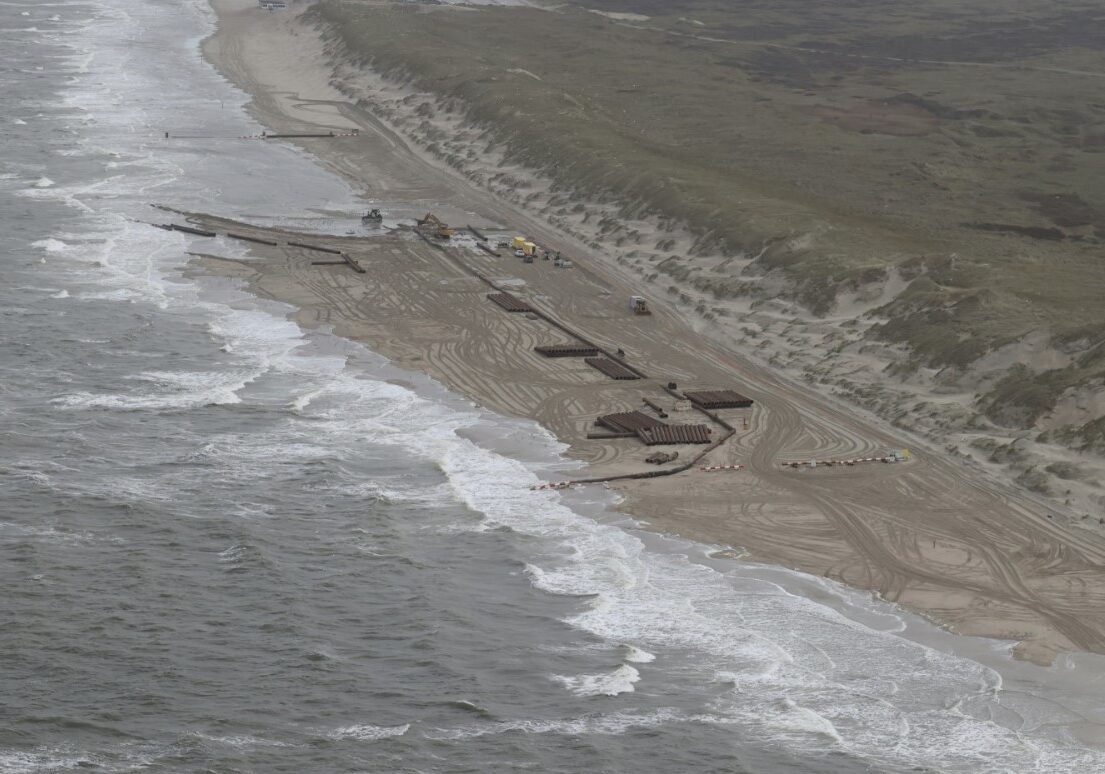Texel Southwest Beach Nourishment: A Strategic Coastal Defense
Introduction to Coastal Nourishment Efforts
Rijkswaterstaat has successfully concluded the extensive beach nourishment project on the southwest coast of Texel, marking a significant achievement in coastal management and environmental conservation. This project, carried out from March to May 2024, underscores a proactive approach to safeguarding vulnerable coastlines against erosion and sea-level rise.
Project Details and Implementation
The beach nourishment at Texel Southwest involved a meticulously planned operation where approximately 810,000 cubic meters of sand were dredged and strategically deposited along the beach between markers 9 and 12. This process is vital for not only protecting the coastline but also enhancing the beach’s aesthetic and recreational value. The project is a testament to the ongoing efforts to maintain and strengthen the natural barriers that protect the inland areas from the encroaching sea.
Technological Advances in Sand Dredging
The sand for this critical environmental project was sourced from the North Sea, approximately 10 to 12 kilometers offshore. Utilizing advanced maritime technology, trailing suction hopper dredgers played a pivotal role. These specialized vessels are equipped to handle the immense task of lifting sand from the seabed and transporting it to the targeted beach areas. Once at the site, the sand is pumped through pipelines and meticulously spread across the coastline by bulldozers, ensuring even distribution and optimal shoreline reinforcement.
Long-term Benefits and Coastal Sustainability
The completion of the Texel Southwest beach nourishment is part of a long-standing initiative by Rijkswaterstaat to deliver millions of cubic meters of sand to critical areas along the Dutch coastline. These efforts are crucial for combating coastal erosion, a growing concern due to climate change and rising sea levels. By reinforcing the beaches, the project not only provides immediate environmental protection but also contributes to the sustainability and resilience of the coastal ecosystem.
Conclusion: Commitment to Coastal Protection
Rijkswaterstaat’s dedication to coastal nourishment and protection is evident in the successful completion of the Texel Southwest project. This initiative is a prime example of how innovative engineering and environmental management can work hand in hand to preserve our natural landscapes. As we continue to face environmental challenges, such projects become ever more critical in our efforts to protect our coastlines and maintain the natural beauty of regions like Texel.
Future Outlook and Continued Efforts
Looking ahead, Rijkswaterstaat remains committed to ongoing coastal defense projects, recognizing the importance of maintaining robust and beautiful coastlines. With continued advancements in technology and methodology, the prospects for future beach nourishment projects are promising, ensuring that the shores of Texel and beyond remain protected and vibrant for generations to come.
